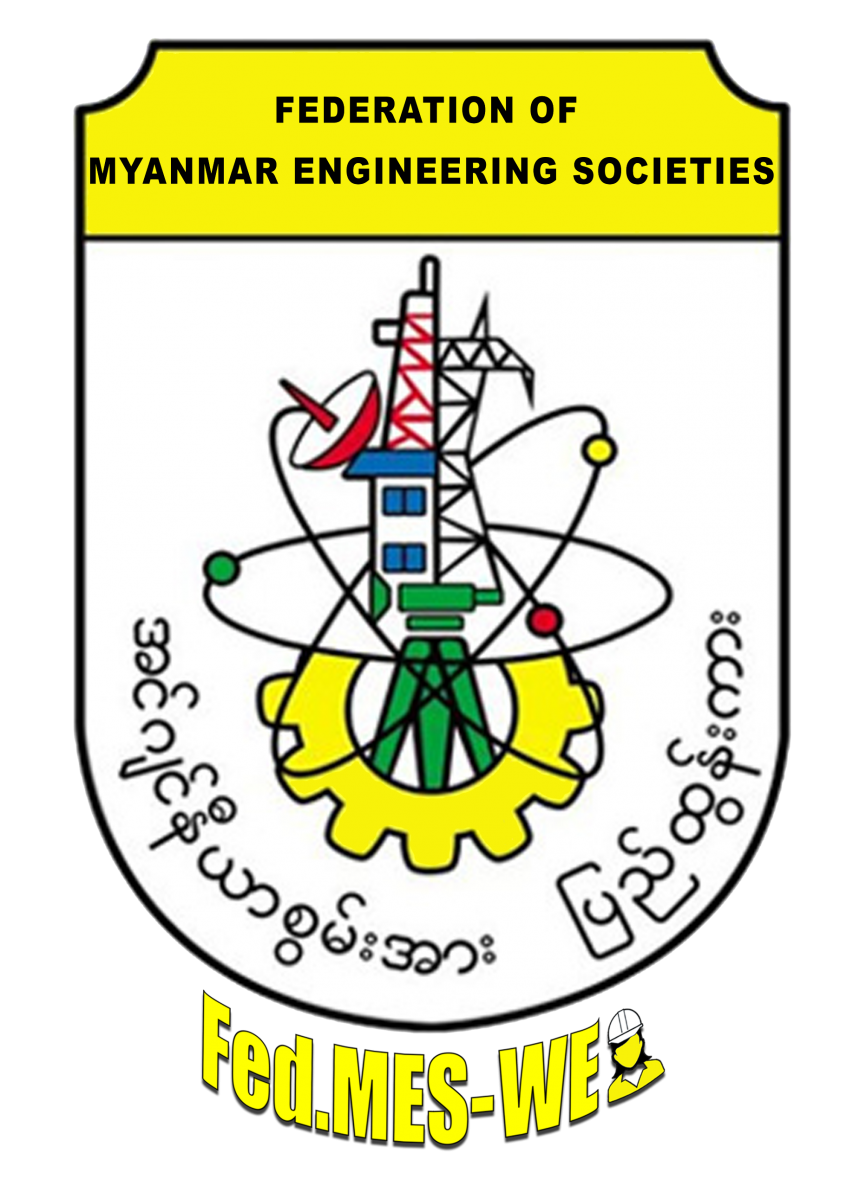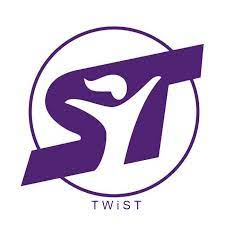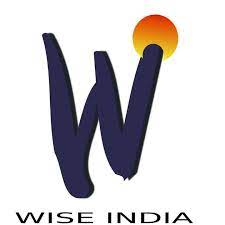
Mongolian Traditional Foods
Breakfast: Mongolian traditional tea (Suutei tsai) and boortsog with urum ("White butter", clotted cream).
- Boortsog is a type of fried dough food found in the cuisines of Central Asia, Idel-Ural, Mongolia and the Middle East. It is shaped into either triangles or sometimes spheres. The dough consists of flour, yeast, milk, eggs, butter, salt, sugar, margarine. More information: https://en.wikipedia.org/wiki/Boortsog
- Urum ("White butter", clotted cream): The milk of yaks (or in the Gobi camels) is best, because it contains more fat. The first few pictures show the production of Urum from yak milk. More information: https://www.mongolfood.info/en/recipes/urum.html
- Boortsog is often eaten as a dessert, with syrup or jam or honey. They may be thought of as cookies or biscuits, and since they are fried, they are sometimes compared to doughnuts. Mongolians and Turkic peoples sometimes dip boortsog in tea. More information: https://www.altaaskitchen.com/home-made-mongolian-cookies-boortsog/
Lunch and dinner: Buuz, huushuur, khorkhog, tsuivan
-
Huushuur: A Mongolian khuushuur is a type of fried meat pastry in Western countries. Sliced beef on a small amount of dough, fried in oil. Meat is usually prepared and seasoned with salts and onions, sometimes even garlic. In addition, potatoes, carrots and cabbage can be used but are not common. (Caution on vegetarians: Khuushuur only made with vegetables tastes just like khuushuur with mutton.
- Buuz: It is Mongolian traditional dish. Minced meat is placed inside a small pocket of dough which is folded around the meat with a small opening at the top and steamed. It is an honorary dish which is often served on the table during the Tsagaan Sar.
- Tsuivan: Tsuivan is a Mongolian noodle dish that is usually prepared with mutton and various vegetables. The noodles are traditionally made by hand and they're steamed or cooked together with diced meat and vegetables. People sometimes replace mutton with beef, camel, and even horse meat, while the vegetables used in the dish typically include onions, peppers, cabbage, carrots, or potatoes. Tsuivan is enjoyed throughout the country, and it is best served freshly prepared and sprinkled with scallions.
- Khorhog: Another unique Mongolian dish in Mongolian cuisine is Khorkhog. This barbecue dish is made with either lamb or goat meat. Khorkhog is made by putting the meat with hot stones in an enclosed container and cooking it on fire. The hot stone will refresh your nervous system and relieve fatigue. Khorkhog is usually made during festivals or during family events with many guests.
















